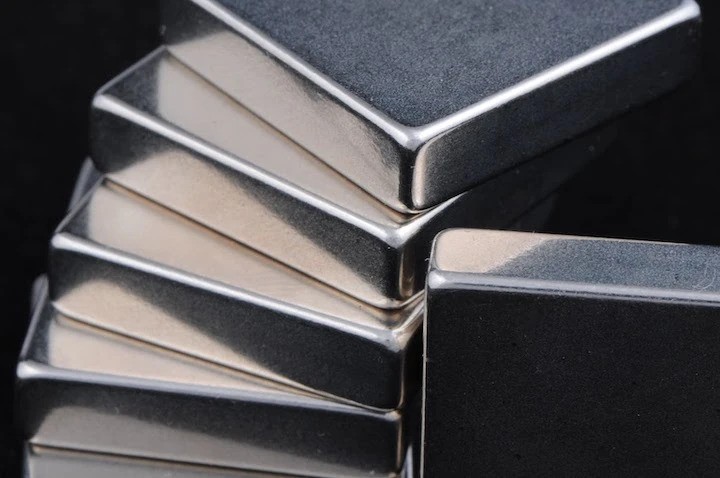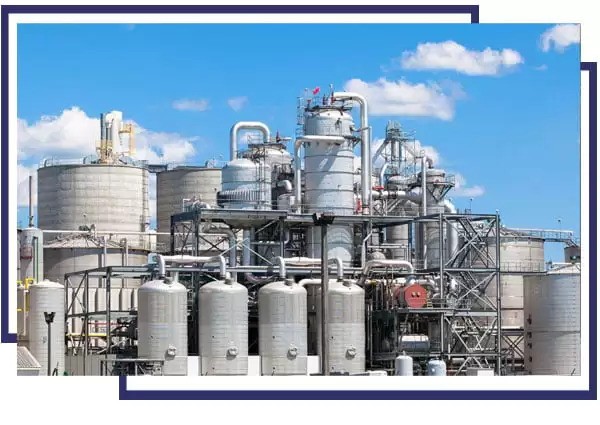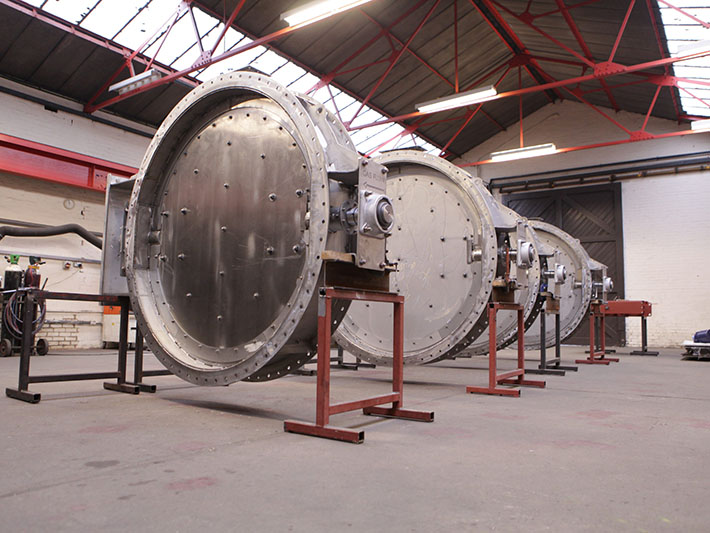





Phone
+86-731-82250427
Address
25th floor, C3 Building, Wanda Plaza, Kaifu District, Changsha, Hunan Province, China.
 May 24 2023
May 24 2023Sometimes the cable ladder is installed through the wall. If one side of the wall catches fire, heat may be transferred from the fired side to the other side of the wall, causing danger. Therefore, a test was conducted on a device that simulates a hollow wall. The cable ladder passes through the insulated hollow wall, and the fire only burns on one side of the hollow wall.
Experiments were conducted on aluminum and stainless steel ladder frames. Each ladder frame is 2 meters long, with splicing plates installed at the middle joints, and the splicing plates of each ladder frame are located at the wall through. The flame temperature is 1000-1050°C, and the test continues until the temperature on the side of the wall that is not on fire stabilizes.
Aluminum: The aluminum ladder frame on the flame side collapsed completely after 1 minute and 8 seconds due to the melting of aluminum. But because the end of the ladder frame protruding from the wall was still in flames, the test continued. After 37 minutes, the temperature of one ladder arm on the "cold" side stabilized at 134°C and the other at 152°C.
Stainless steel: The stainless steel ladder remains unchanged throughout the test. The test is terminated after 90 minutes. At this time, the temperature on the cold side of the wall stabilizes. The temperature of one ladder arm is 80°C and the other is 58°C.
Studies have shown that at a high temperature of 800°C (1472°F), the ability of stainless steel to maintain rigidity is 7 times that of carbon steel. Since stainless steel has good rigidity retention ability at high temperature, it is not necessary to use thermal insulation materials when used for structural purposes.
